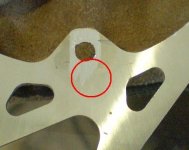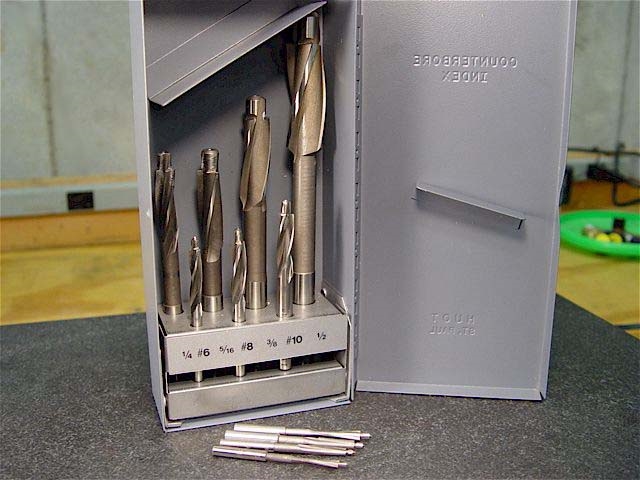John in CR
100 TW
I'm modding a Shimano centerlock rotor to fit a scooter hub. Regen carries the bulk of my braking work, so I believe a bike brake on the rear will be fine and mostly used for very low speed stuff. With the centerlock portion off just a tiny bit of filing makes the rotor fit like a glove. Now I just need to make the new larger bolt holes.
Here's a pic of one of the existing 4mm holes, and the red circle is the 8mm hole I need to make. My problem is how to make that new hole since the holes will overlap slightly. I can't just drill the new one can I? or is there some special bit for the job?

Here's a pic of one of the existing 4mm holes, and the red circle is the 8mm hole I need to make. My problem is how to make that new hole since the holes will overlap slightly. I can't just drill the new one can I? or is there some special bit for the job?



